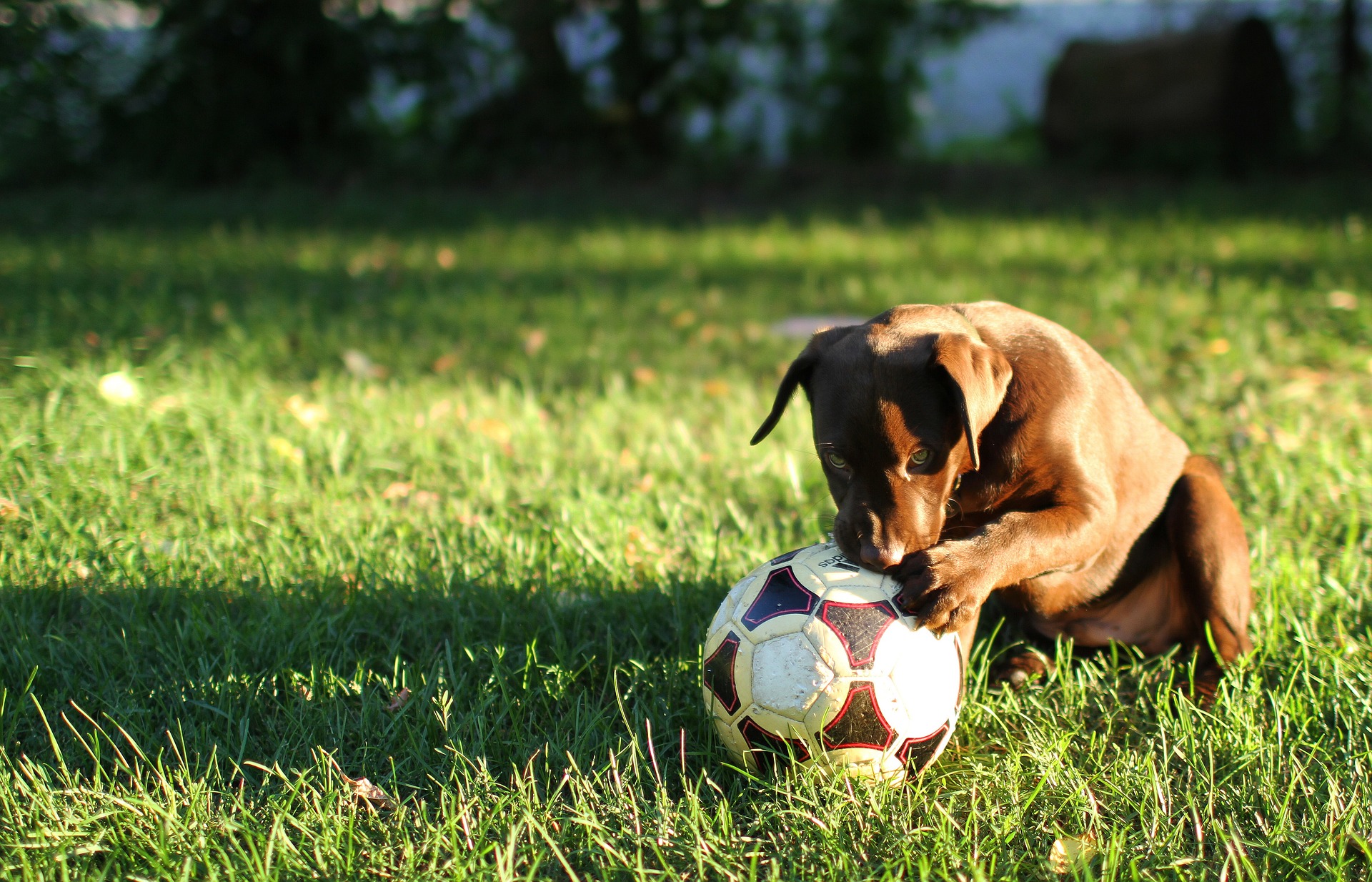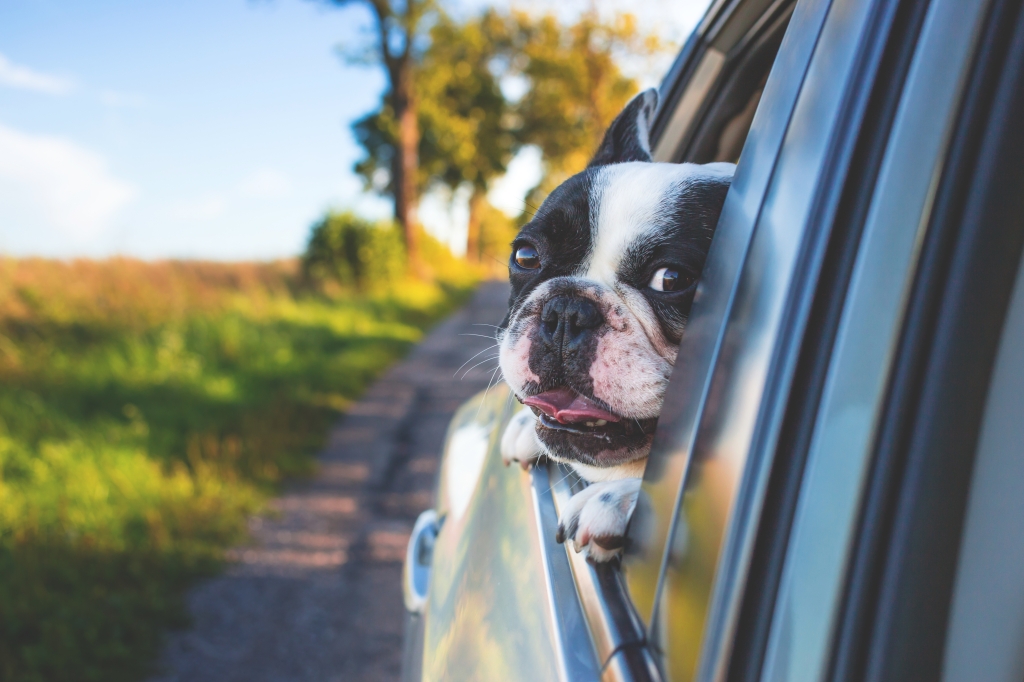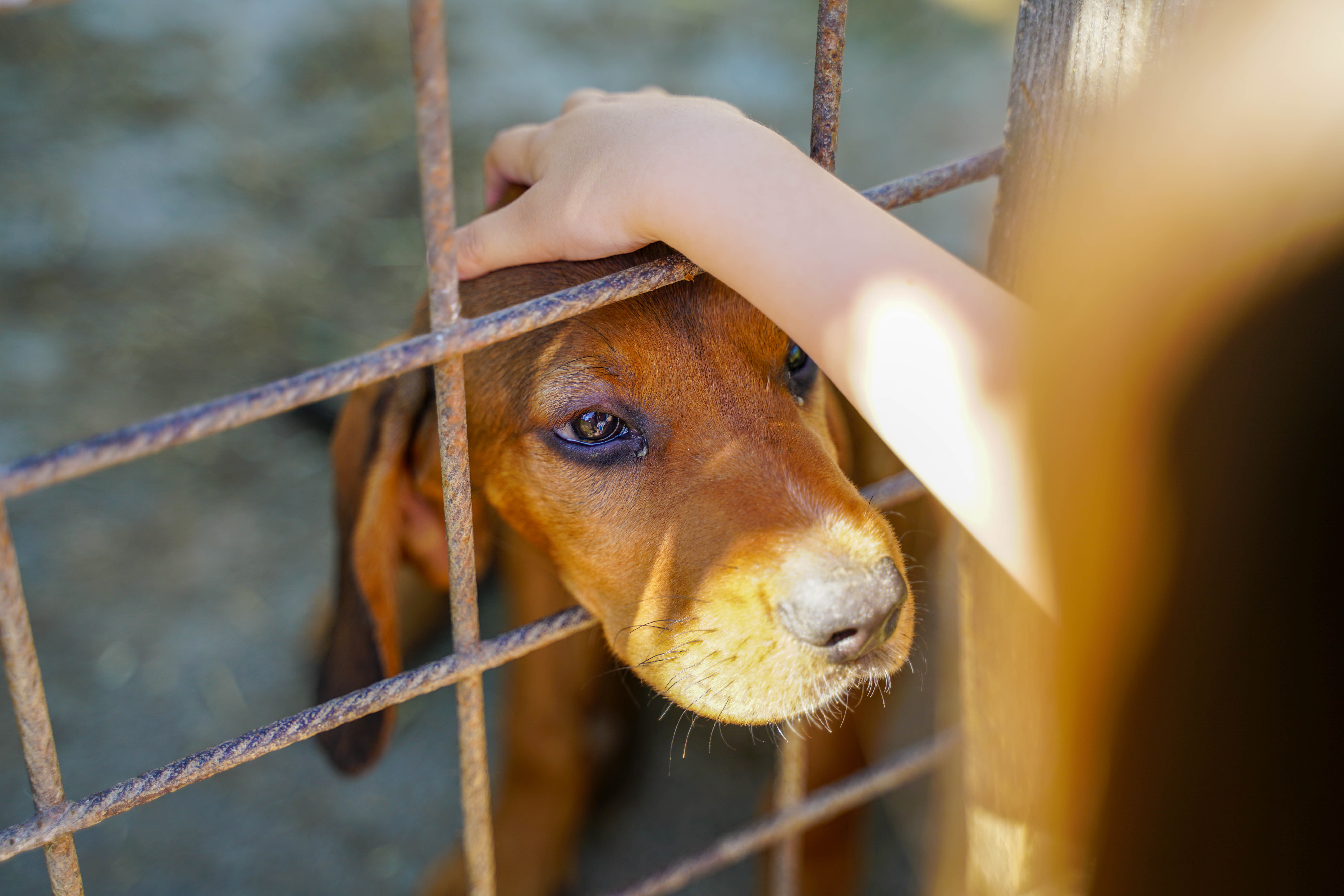
Design Your Perfect Dog-Friendly Backyard
Having a pet isn't just a way to add some much-needed cuddles to your home; having a dog can also be an excuse to get outdoors and enjoy nature. If you're so inclined, you can even design a dog-friendly backyard to give your pup some room to run around and explore!
One great way to design your dog-friendly backyard is to create a dedicated space for your pup to explore. This could include a grassy area to play on, or a special area where you can provide toys and treats. You can also add a shallow wading pool or kiddie pool for your pet to cool off in during hot summer days. If you have a larger backyard, you may even consider adding some agility equipment, such as tunnels, hurdles and ramps, for your pup to practice their tricks. Adding a designated play area for your dog can stimulate their minds and give them ample opportunity for physical activity - both of which are important for maintaining a healthy lifestyle.
You can also consider adding some landscaping elements to make your backyard more pet-friendly. Planting some pet-friendly shrubs and bushes around the perimeter can provide a safe place for your pup to explore, while keeping them away from potentially dangerous areas. Adding and mulching a path through your yard can make it easier for your pup to venture outside with you and keep away from hazardous items. For example, if you grow flowers or vegetables in your yard, mulching the path around them can help you control where your pup goes and keep out unwanted guests.
Designing a dog-friendly backyard can go a long way in giving your pup ample opportunity to explore and have fun. With a few simple changes and additions, you can create a safe environment for your pup to run around, have fun, and stay healthy. So take the time to design a pet-friendly backyard and give your pup the outdoor experience they deserve!

Natural Remedies for Common Illnesses in Dogs
Caring for our furry friends is a top priority for most pet owners. We want them to be happy and healthy, and sometimes that means looking for remedies to illnesses from the comfort of our own home. Natural remedies are often a great choice for treating our pets, and for common illnesses in dogs, there are many holistic treatments that are both easy to implement and cost-effective. Let’s explore some of the most common illnesses in dogs and the natural remedies that can help alleviate symptoms.
Common Illnesses in Dogs
It’s no surprise that dogs can suffer from many of the same illnesses that humans do. Some of the most common illnesses in dogs include allergies, digestive issues, urinary tract infections, and skin infections. Allergies can cause itching and sneezing, while digestive issues can lead to upset stomachs, vomiting, and loss of appetite. Urinary tract infections are often accompanied by frequent urination, pain, and sometimes blood in the urine. Skin infections can be caused by bacteria, fungi, parasites, and allergies, and lead to itching and redness. Fortunately, there are many natural remedies that can help alleviate the symptoms of these illnesses.
Natural Remedies
When it comes to treating common illnesses in dogs, there are many holistic, natural remedies that can be administered. For allergies, try using a combination of herbs such as peppermint, chamomile, and elderberry. Digestive issues can be treated with probiotics or digestive enzymes. For urinary tract infections, cranberry extract or herbal teas have shown to be effective in reducing symptoms. And for skin infections, herbs like goldenseal, aloe vera, and calendula can help soothe itching and reduce inflammation.

Ready to Giggle? Check Out These Hilarious Dog Names!
If you’re a dog lover, you know how special, unique, and downright hilarious our four-legged friends can be. And what better way to reflect their spunky personalities than with an equally quirky name? Whether you’re looking for a name that’s sweet and innocent, something silly, or a pun-filled option your pup will howl over, these hilarious dog names will have you and your pet laughing in no time.
When you’re stuck on what to name your pup, it can help to draw inspiration from your pup’s breed or physical characteristics, or even a favorite actor or song. If your pup has a striking, fluffy coat of fur, why not try something dramatic like 'Vanity'? If she's got a mischievous personality, how about 'Trouble'? And for a pup that loves the outdoors, you can't beat the silly name of 'Mudpie'. If you’re considering a food-based name, you can’t go wrong with 'Baxter' for a pup with a love for bacon, or 'Pickles' for a pup that can’t get enough of them.
If your pup has a silly, comical side, how about something silly like 'Bark Obama' or 'Howie doodle'? If you’re looking for something truly unique, you can take the road less traveled and search for less popular names like 'Kiwi' or 'Fiesta'. If you’re seeking a unique twist on a popular name, perhaps you can go with 'Boomer' or 'Oliver Twist'. And don’t forget that your pup’s name can have a story behind it. For example, you could try 'Napoleon' if your pup is short and stocky, or 'King' if he’s always taking charge.
Whatever you choose, make sure it’s an appropriate name for your pup—the perfect dog name should reflect your pup’s personality, heritage, and even your own individual style. With these humorous dog names, you’ll be sure to find the perfect fit for your pooch!

Traveling With Your Dog Is A Breeze – Here's How
When you take your pet on vacation, it should be one of the most enjoyable and relaxing experiences you can have with them. But if you don't plan ahead, traveling with your dog can quickly turn into a stressful experience. No matter where you plan to go, the following tips will help make your journey with your four-legged companion a stress-free and enjoyable experience.
One of the key elements of taking your pet on vacation is to ensure that they're comfortable and safe. Before you leave, make sure your pet has an updated collar, ID tags, and recent vaccinations. Furthermore, you'll want to bring some of your pet's familiar items, like food bowls, toys, and bedding to make them feel at home. If your pet has a favorite treat or toy, don't forget to bring it along.
During the drive, it's important to take regular breaks for your pet to stretch their legs and go to the bathroom. Make sure to bring along some food and water for them as well. Keeping the car at an optimal temperature for your pet is also important — if it's too hot, consider using a pet-specific car fan. It's also important to bring a pet first aid kit, just in case of any accidents.
Once you reach your destination, it's important to familiarize your pet with the new environment. Start by taking a few slow and steady walks, and exploring the area together in a calm and relaxed manor. Don't forget to bring along a bag for picking up any poop! If your pet will be playing outside, it's also important to inspect the area first and look out for any potential dangers.
By following these steps, you'll be able to ensure that your trip with your pet is a stress-free and enjoyable experience. With the right preparation and attention to detail, you and your four-legged companion can have an unforgettable and memorable vacation.

Capturing Perfect Photos of Dogs: Tips for Pet Photography
Taking beautiful photos of our furry friends can be one of the most rewarding experiences for a pet parent. But it can also be quite a challenge! If you are looking to capture some amazing photos of your four-legged companion, there are a few tips you should keep in mind.
First, make sure your pet is comfortable in the space you’re shooting in. If they’re stressed or don’t feel safe, they won’t look their best. Requesting that your pet perform difficult tricks will also be a recipe for disaster. Instead, focus on keeping the atmosphere relaxed and fun – your pet should be having a good time.
Also, experiment with different angles and lighting! You can find interesting and unique shots by changing up your perspectives. Play around with the lighting to capture different moods in your photos. Natural light works great, but don't shy away from artificial lighting. You can use it to your advantage for some great results.
Lastly, use treats as a reward for good behavior and positive reinforcement. This will help spark your pet's interest and enthusiasm and make photo sessions much more enjoyable. You'll be able to capture those great moments of joy and happiness!

The Joys and Struggles of Adopting a Dog
Adopting a dog can be an incredibly rewarding experience. From the loyalty and companionship they bring into our lives, to the long walks and cuddles, dogs can become an invaluable part of our family. But before you make the leap, it’s important to consider the pros and cons of dog adoption.
Adopting a dog can be an incredibly rewarding experience. From the loyalty and companionship they bring into our lives, to the long walks and cuddles, dogs can become an invaluable part of our family. But before you make the leap, it’s important to consider the pros and cons of dog adoption. On the plus side, adopting a dog gives you the chance to give a loving home to a pet in need. It also allows you to choose a breed, size, and age of dog that is best suited to your particular lifestyle and needs. And of course, many potential health and behavioral issues can be avoided when adopting an older dog, as these have often already been addressed by an organization or rescue group.
On the downside, adoption fees are often very expensive, particularly if the dog is already spayed or neutered, micro-chipped, or has received any other medical treatments. Additionally, it can be difficult to know the history of the dog you adopt, as this is often not available to the organization or individual. There is also the potential for unexpected illnesses or behaviors to arise as the dog adjusts to its new home.
No matter your decision, it is important to do your research before adopting a pet. Be sure to read up on the breed or age group you are considering, talk to local rescue groups or shelters for guidance, and decide whether or not you have the time, energy, and financial resources to commit to caring for your new pet.
